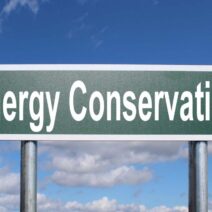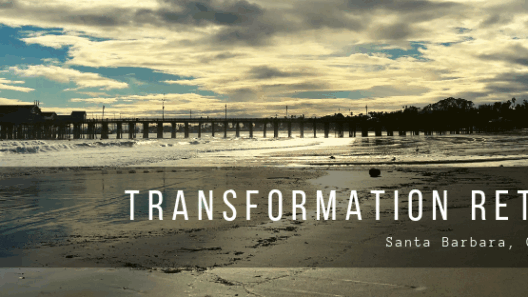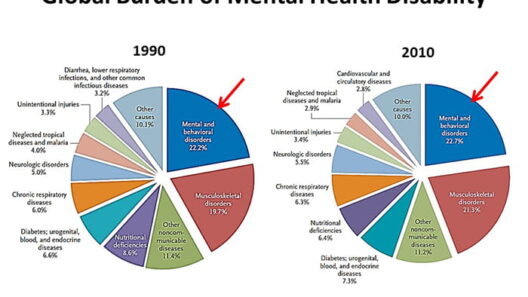Global warming represents one of the most insidious threats to our planet, permeating various systems and bringing forth a plethora of issues. Among these, water pollution emerges as a particularly egregious consequence. This connection between climate change and water contamination is not immediately apparent to all. However, it invites scrutiny and underscores the urgent need for an enlightened discourse on environmental stewardship and sustainable practices.
To comprehend the intricate relationship between global warming and water pollution, it is pivotal to first explore the fundamental mechanisms at play. Rising temperatures catalyze a multitude of changes in our environment. For instance, increased thermal energy in aquatic ecosystems precipitates phenomena such as algal blooms. Algal blooms are not mere visual nuisances; they signify severe ecological disruption. They deplete oxygen in water bodies, effectively creating dead zones where marine life cannot survive. The thermal stratification of water bodies further exacerbates this situation, leading to a decline in biodiversity and the degradation of essential habitats.
Additionally, the increasing intensity and frequency of rainfall, another direct consequence of climate change, contribute significantly to water pollution. Intense precipitation events can lead to runoff that carries an array of pollutants from urban areas—such as heavy metals, fertilizers, and petroleum products—into rivers and oceans. This runoff not only compromises water quality but also threatens aquatic organisms and the integrity of the entire food web. With each rainfall, the cumulative toxins can wreak havoc, causing disruptions that ripple through ecosystems.
Moreover, as temperatures rise, the melting of glaciers and polar ice caps introduces substantial quantities of freshwater into oceanic systems. While this may seem beneficial at first glance, the rapid infusion of freshwater into saline ocean waters can lead to altered salinity levels, disrupting the delicate balance of marine ecosystems. Species that have adapted to specific salinity ranges may find themselves facing extinction, presenting a stark reminder of the precariousness of biodiversity in the face of climatic shifts.
In addition to these biological implications, global warming instigates the degradation of infrastructure necessary for maintaining clean water supplies. For instance, more intense storms caused by climate change can overwhelm wastewater treatment facilities, leading to the discharge of untreated sewage into bodies of water. This not only compromises public health but also diminishes the quality of freshwater resources. Untreated sewage often contains pathogens and excessive nutrients, which contribute to further pollution and negatively impact human and environmental health.
One must also consider the impact of rising sea levels, another poignant effect of global warming. As sea levels rise, saline intrusion into freshwater aquifers becomes an inevitability in coastal areas. This intrusion not only taints drinking water supplies but also poses significant challenges for agriculture. Crops that rely on freshwater are rendered unviable due to saltwater contamination, exacerbating food insecurity and the subsequent socio-economic ramifications.
It is crucial to recognize that water pollution resulting from global warming extends beyond immediate ecological concerns. The social implications are far-reaching, particularly in low-income communities where access to clean water is already compromised. Disproportionately affected by climate change and water pollution, these communities often lack the resources to recover or adapt effectively. Inequities become exacerbated, leading to a cycle of poverty where health issues proliferate alongside environmental degradation.
Nonetheless, in the face of such overwhelming interconnectivity between global warming and water pollution, it is imperative to pivot towards solutions that foster resilience and sustainability. Policymakers must enact regulations that mitigate greenhouse gas emissions while simultaneously investing in green infrastructure. Techniques such as permeable pavements and green rooftops contribute to reducing runoff and improving water quality, demonstrating that urban planning can harmonize with ecological health.
Public awareness and education are also pivotal in addressing this multifaceted issue. Citizens should be informed about their water choices, engaging in practices that help minimize pollutants from entering waterways. This could encompass simple actions such as properly disposing of hazardous materials, adopting environmentally friendly household products, and advocating for policies focused on preserving water quality.
Furthermore, fostering the development of innovative technologies that can harness nature-based solutions is essential. For example, constructed wetlands can serve as natural water treatment systems that utilize the inherent capabilities of plants and microorganisms to filter contaminants from water, presenting a sustainable alternative to traditional wastewater treatment methods.
Ultimately, the intricate relationship between global warming and water pollution underscores the need for a holistic approach to environmental protection. It is not merely an issue of isolated pollutants or warming temperatures; it is a symphony of interconnected systems that fundamentally shapes the global ecosystem. By addressing this silent killer with informed action and communal consensus, we can bring forth an era of restoration and resilience, safeguarding our aquatic environments for generations to come.







